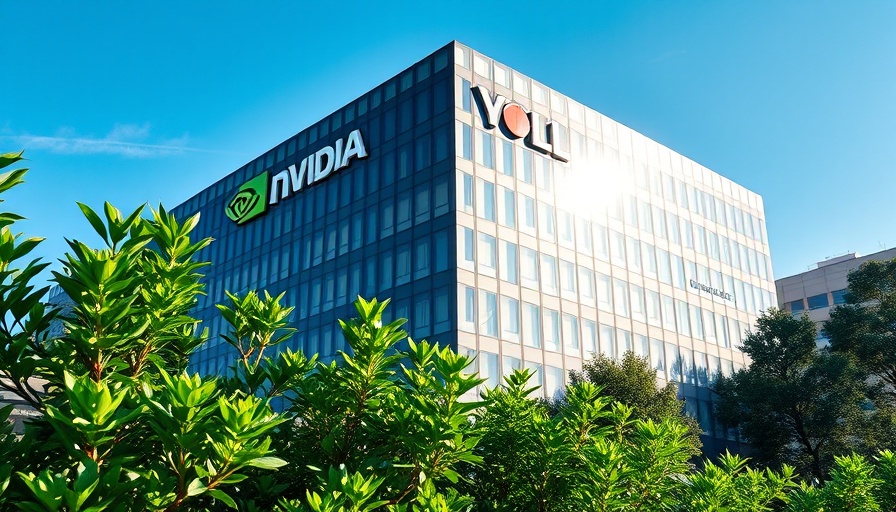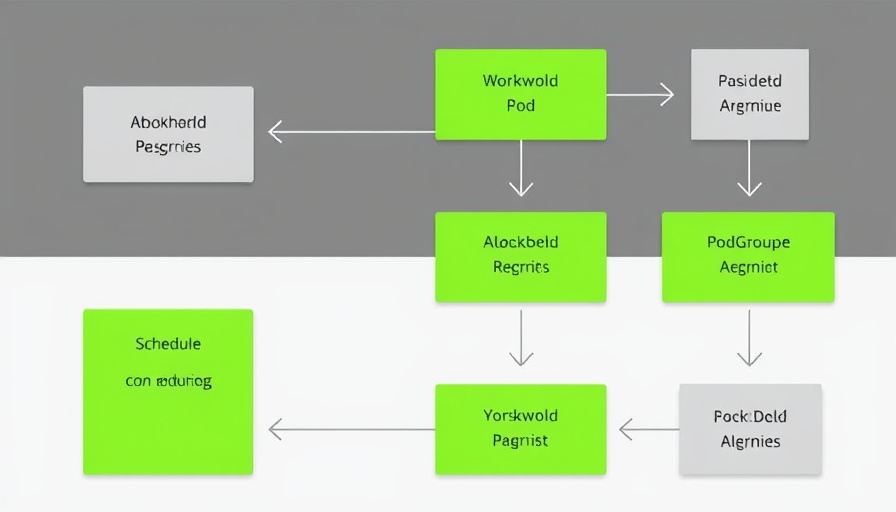
The AI Boom and Its GPU Demand
The AI landscape is evolving at an unprecedented pace, and one of the most exciting developments is the projected need for an astounding 64,000 Nvidia GPUs to power the ambitious Stargate project by 2026. This forecast signals not just rapid technological advancement, but also the growing significance of GPUs in the world of artificial intelligence.
Why AI Needs GPUs
Graphics processing units (GPUs) are the backbone of AI technology, crucial for training complex neural networks, processing massive datasets, and running intricate algorithms. Their ability to perform parallel processing allows for rapid computation, which is vital in real-time applications. As businesses and governments race to integrate AI solutions, the demand for robust GPU capabilities has skyrocketed.
The Exploding AI Chip Market
According to market trends, the global AI chip market is set to reach an impressive $372 billion by 2032, fueling significant competition among companies looking to secure their place within this booming sector. Nvidia currently dominates this space, possessing an 80% share of the AI GPU market, but rivals such as AMD and Intel are also striving to provide competitive alternatives for enterprise-level AI applications.
Future Impacts and Predictions
With AI processing power expected to increase tenfold by 2030, businesses that invest in high-performance NVIDIA GPUs today are setting themselves up for success in an increasingly AI-driven future. The anticipated growth in AI chip revenue—from $50 billion in 2022 to an estimated $85 billion in 2024—makes it clear that securing powerful hardware, such as Nvidia’s H100 GPUs, is a strategic move to keep pace with AI advancements.
Your Path Forward in the AI Chip Race
For AI enthusiasts and businesses alike, staying informed about the evolving landscape of AI chips is crucial. Exploring partnerships with AI hardware suppliers and investing in cutting-edge technology can not only enhance operational capabilities but also position companies at the forefront of innovation. Consider leveraging cloud services to access high-performance AI computing power without the need for large upfront investments.
Confronting Challenges
The ongoing semiconductor shortage has led to challenges within the AI chip market, which will persist until at least 2025. Companies must strategically plan for these constraints by securing long-term supply agreements and considering alternative chip solutions such as TPUs and NPUs.
Conclusion: Embracing the AI Revolution
As the artificial intelligence revolution continues to evolve, businesses and enthusiasts must proactively adapt to the rapid advancements in AI chip technology. The need for powerful AI processing is no longer an option but a necessity. By investing wisely in AI hardware and understanding market dynamics, stakeholders will position themselves for success in the AI era.
 Add Row
Add Row  Add
Add 




 Add Row
Add Row  Add
Add 

Write A Comment